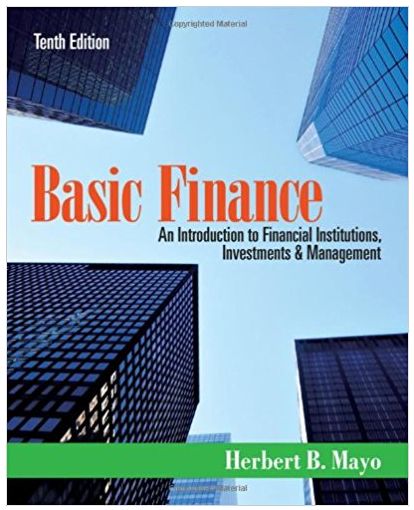A firm has the following investment alternatives. Each one lasts a year. The firms cost of capital
Question:
.png)
The firm€™s cost of capital is 7 percent. A and B are mutually exclusive, and B and C are mutually exclusive.
a. What is the net present value of investment A? Investment B? Investment C?
b. What is the internal rate on investment A? Investment B? Investment C?
c. Which investment(s) should the firm make? Why?
d. If the firm had unlimited sources of funds, which investment(s) should it make? Why?
e. If there were another alternative, investment D, with an internal rate of return of 6 percent, would that alter your answer to part d? Why?
f. If the firm€™s cost of capital rose to 10 percent, what effect would that have on investment A€™s internal rate of return?
What is NPV? The net present value is an important tool for capital budgeting decision to assess that an investment in a project is worthwhile or not? The net present value of a project is calculated before taking up the investment decision at... Internal Rate of Return
Internal Rate of Return of IRR is a capital budgeting tool that is used to assess the viability of an investment opportunity. IRR is the true rate of return that a project is capable of generating. It is a metric that tells you about the investment... Cost Of Capital
Cost of capital refers to the opportunity cost of making a specific investment . Cost of capital (COC) is the rate of return that a firm must earn on its project investments to maintain its market value and attract funds. COC is the required rate of...
Fantastic news! We've Found the answer you've been seeking!
Step by Step Answer:
Related Book For 

Basic Finance An Introduction to Financial Institutions Investments and Management
ISBN: 978-1111820633
10th edition
Authors: Herbert B. Mayo
Question Posted:





